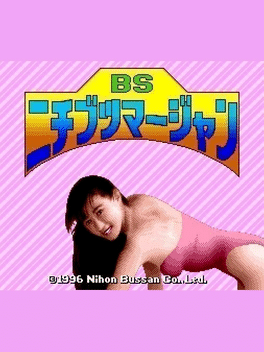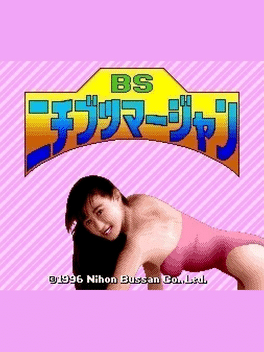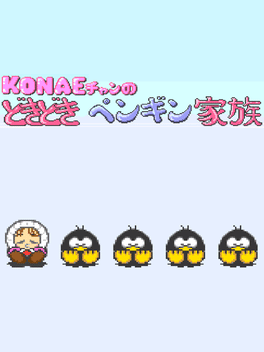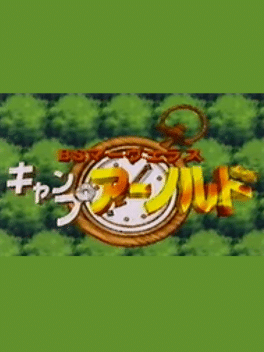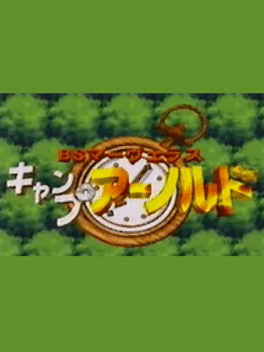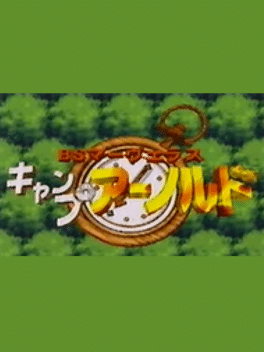New Satellaview Games - Page 6
-
BS Nichibutsu Mahjong
1997
BS Nichibutsu Mahjong is a Downloadable 2-part Soundlink game for the Satellaview that was broadcast between January 26, 1997 and April 12, 1997. The players compete in a "Mahjong Competition" game for total score. Enviromental sound seems to be used as audio broadcasting. -
BS Nichibutsu Mahjong: Renshuu Mahjong - Nimantou
1996
The second episode of BS Nichibutsu Mahjong. BS Nichibutsu Mahjong is a Downloadable 2-part Soundlink game for the Satellaview that was broadcast between January 26, 1997 and April 12, 1997. The players compete in a "Mahjong Competition" game for total score. Enviromental sound seems to be used as audio broadcasting. -
BS Nichibutsu Mahjong: Renshuu Mahjong - Ichimantou
1996
The first episode of BS Nichibutsu Mahjong. BS Nichibutsu Mahjong is a Downloadable 2-part Soundlink game for the Satellaview that was broadcast between January 26, 1997 and April 12, 1997. The players compete in a "Mahjong Competition" game for total score. Enviromental sound seems to be used as audio broadcasting. -
Konae-chan no Doki-doki Penguin Kazoku
1996
Konae-chan no DokiDoki Pengin Kazoku (KONAEちゃんのドキドキペンギン家族) is a Downloadable Event Game developed by Pax Softnica for the Satellaview. It stars Konae and was distributed as a tie in to the Radio Program "If Tomorrow Comes...". The premise of BS Konae-Chan no DokiDoki Pengin Kazoku is to cross a freezing body of water by jumping across rows of glaciers without falling into the water. Points are awarded based on the number of penguins collected. -
BS Marvelous: Camp Arnold - Course 4
1996
The fourth and final part (week) of BS Marvelous: Camp Arnold. BS Marvelous: Time Athletics is a Downloadable 4-part Soundlink game for the Satellaview that ran between January 1, 1996 and January 31, 1996. The game was broadcast in as a rerun in April, 1996. -
BS Marvelous: Camp Arnold - Course 3
1996
The third part (week) of BS Marvelous: Camp Arnold. BS Marvelous: Time Athletics is a Downloadable 4-part Soundlink game for the Satellaview that ran between January 1, 1996 and January 31, 1996. The game was broadcast in as a rerun in April, 1996. -
BS Marvelous: Camp Arnold - Course 2
1996
The second part (week) of BS Marvelous: Camp Arnold. BS Marvelous: Time Athletics is a Downloadable 4-part Soundlink game for the Satellaview that ran between January 1, 1996 and January 31, 1996. The game was broadcast in as a rerun in April, 1996. -
BS Yoshi no Panepon
1996
BS Yoshi no Panepon
1996
Panel de Pon is a puzzle videogame originally released for the Super Famicom, starring Lip and her fairy friends. The game was later localized as Tetris Attack, starring Yoshi and other characters from Super Mario World 2: Yoshi's Island. The game had an official Tetris license, although it didn't have anything to do with Tetris, being only a marketing strategy to release it under a famous franchise as a way to attract more attention. The game was later relocalized for the Japanese audience, released only as a digital download via the Satellaview peripheral. The only difference that this version has, aside from the language translation, is the absence of anything related to the Tetris franchise.
